Building a small greenhouse from scratch can be relatively inexpensive and easy if you have the suitable materials and know-how. Let’s check out more information on how to build a small Greenhouse from scratch below. Here are some basic steps and materials you will need to construct a small greenhouse:
- Choose a location for the greenhouse that receives plenty of sunlight and has good drainage.
- Obtain materials such as PVC pipes, plastic sheeting, and connectors. You can also use wood or metal frames and glass or acrylic panels, but these materials will be more expensive.
- Assemble the frame of the greenhouse using PVC pipes or other materials. Make sure it is sturdy and level.
- Cover the frame with plastic sheeting or glass/acrylic panels, securing it with connectors or other fastening methods.
- Create a door and venting system using plastic sheeting or glass/acrylic panels to control the temperature and airflow inside the greenhouse.
- Add a watering system, such as a hose or drip irrigation, to help keep your plants hydrated.
- Set up your plants inside the greenhouse and enjoy.
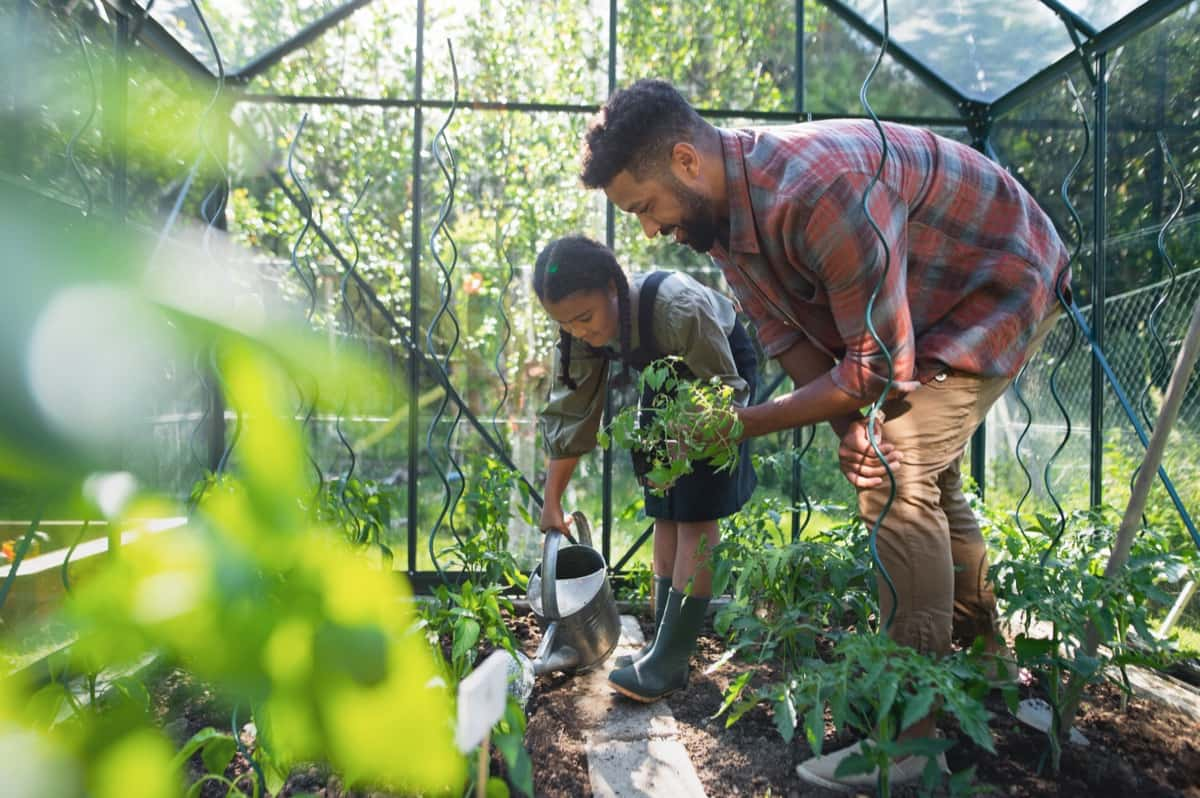
The cost will depend on the material you use and the size of the greenhouse. PVC pipes and plastic sheeting are inexpensive, while wood and glass/acrylic panels will be more expensive. It is also possible to use recycled materials. The cost will be low if you use recycled materials and your labor; otherwise, it will be more if you hire a professional to set it up.
How to build a small Greenhouse from scratch
How to build a low-cost Greenhouse?
Building a low-cost greenhouse can be done using inexpensive materials and incorporating some DIY techniques. Here are some tips on how to build a low-cost greenhouse:
- Use PVC pipes or metal pipes as the frame of the greenhouse. They are relatively inexpensive and easy to work with.
- Use plastic sheeting or old window panes as the glazing material. These can be found at a low cost or free from recycling centers or online marketplaces.
- Use an old door or a tarp as the entrance to the greenhouse.
- Consider using reclaimed or recycled materials, such as old pallets, to construct the base or walls of the greenhouse.
- Build a simple venting system using plastic sheeting or old window panes that can be opened and closed to regulate temperature and airflow.
- Use natural materials such as straw bales, dirt, or sand as insulation.
- Utilize natural light as much as possible and avoid using electrical or heating systems that can increase costs.
- Consider building a more miniature greenhouse first and expanding it as you gain experience, and the budget allows it.
Remember that using reclaimed or recycled materials can significantly bring down the cost, and the final cost will depend on the size of the greenhouse and the materials you choose to use. With creativity and elbow grease, you can build a functional and low-cost greenhouse that will provide a space for your plants to thrive.
In case you missed it: Key Rules to Start a Greenhouse Farming in Mexico: Business Plan, Setup Cost, Profit, and Management
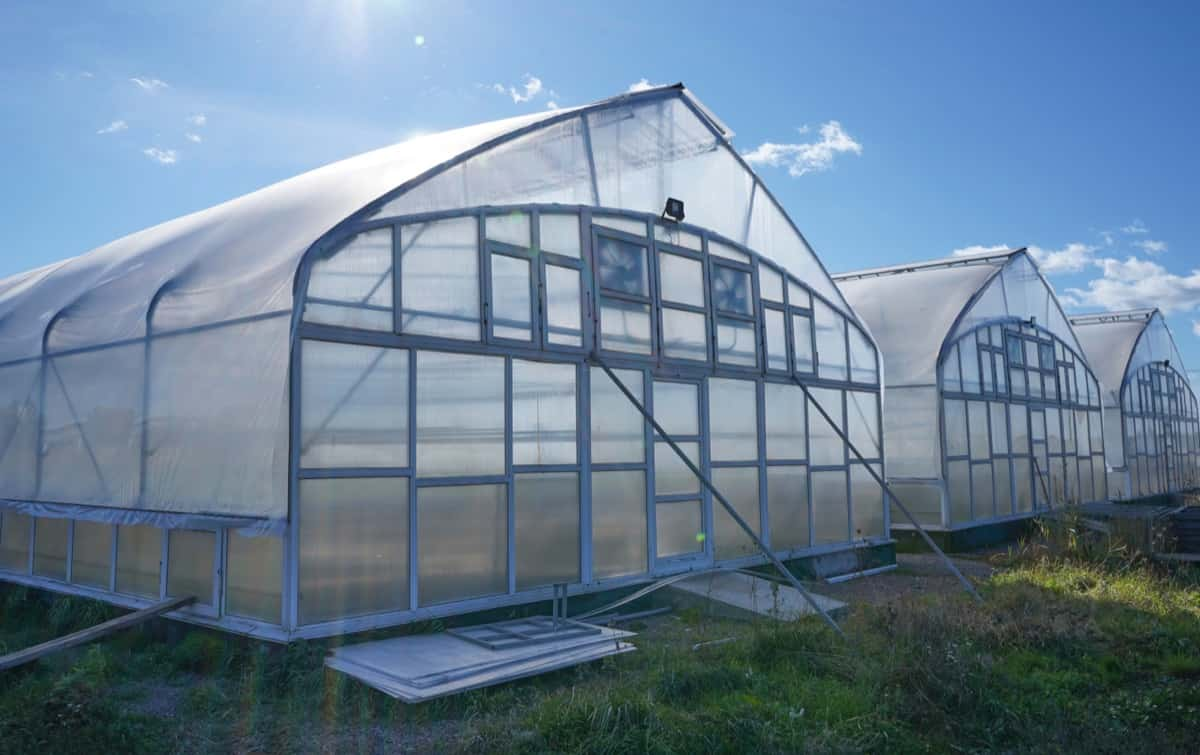
What materials do you need to make a mini Greenhouse?
- PVC pipes or metal pipes – to use as the frame of the greenhouse
- Plastic sheeting or old window panes – to use as the glazing material
- Connectors or fastening materials – to secure the frame and glazing materials together
- An old door or a tarp – to use as the entrance to the greenhouse.
- Reclaimed or recycled materials – such as old pallets, to construct the base or walls of the greenhouse
- Insulation materials – such as straw bales, dirt, or sand, to help keep the greenhouse warm
- A watering system – such as a hose or drip irrigation, to help keep your plants hydrated
- Tools such as saw, drill, measuring tape, and scissors.
What is the best material for a Greenhouse?
The best material for a greenhouse depends on your specific needs and budget. Here are some of the most common greenhouse building materials, along with their advantages and disadvantages:
- Glass: Glass is the traditional material for greenhouses. It is durable, easy to clean, and allows maximum light transmission. However, it is also the most expensive option and can be heavy and difficult to work with.
- Acrylic: Acrylic is a lightweight and durable alternative to glass. It is also less expensive and can be cut and shaped easily. However, it is less intense than glass and can become yellow or brittle.
- Polycarbonate: Polycarbonate is a solid and durable plastic that is similar in appearance to the glass. It is also lightweight and easy to work with. However, it can become discolored over time and is less heat-efficient than glass or acrylic.
- Plastic sheeting: Plastic sheeting is one of the most affordable options; it’s lightweight and easy to work with. However, it doesn’t provide as much insulation or light transmission as glass, acrylic, or polycarbonate, and it’s not as durable.
- Metal: Metal, such as aluminum or steel, can be used for a greenhouse frame. It is durable, long-lasting, and withstands weather conditions well. However, it provides less insulation than other materials and can be expensive.
Ultimately, the choice of material will depend on your budget, your greenhouse location, and the plants you want to grow. Glass and acrylic are the best options for maximum light transmission. At the same time, polycarbonate and plastic sheeting are more cost-effective. As for the frame, metal is durable but also more expensive. Consider your specific needs and budget when deciding on the best material for your greenhouse.
In case you missed it: How to Grow Grapes Organically in Maharashtra: Step-By-Step Cultivation Process and Production Management
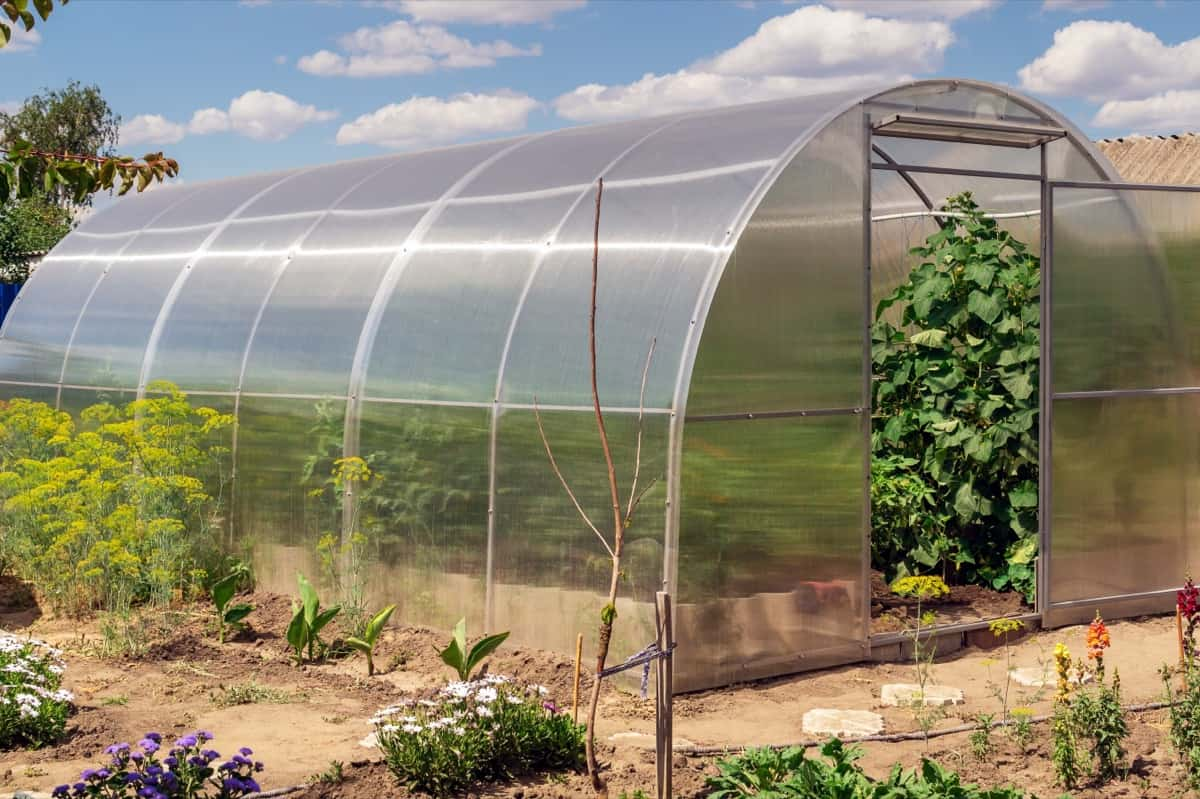
How much it costs to start a Greenhouse?
The cost to start a greenhouse can widely depend on different factors, such as the size, materials, location, and equipment you choose. The cost of materials for a small PVC greenhouse can be as low as a few hundred dollars. A larger glass or acrylic greenhouse can cost several thousand dollars. If you’re building a greenhouse from scratch, it is important to factor in the cost of the following materials:
- PVC pipes or metal pipes for the frame
- Plastic sheeting or glass/acrylic panels for the glazing
- Connectors or fastening materials
- Insulation materials
- A watering system
- Tools such as a saw, drill, measuring tape, and scissors
Equipment and setup costs can also add to the expenses
- Heating and cooling systems
- Lighting and irrigation systems
- Ventilation and shading systems
- Automated controls for temperature, humidity, and light levels
Additionally, the cost of labor if you hire someone to build the greenhouse should also be considered. It’s important to note that if you’re using reclaimed or recycled materials, you can significantly bring down the cost. Additionally, starting small, and expanding as you gain experience and budget allows it, can be a good strategy. Please note that these costs are rough estimates and may vary depending on location and specific materials used.
In case you missed it: Feed Management of Sheep and Goats: Formulation, Ingredients, Organic, DIY Feed mix, and Feeding Practices
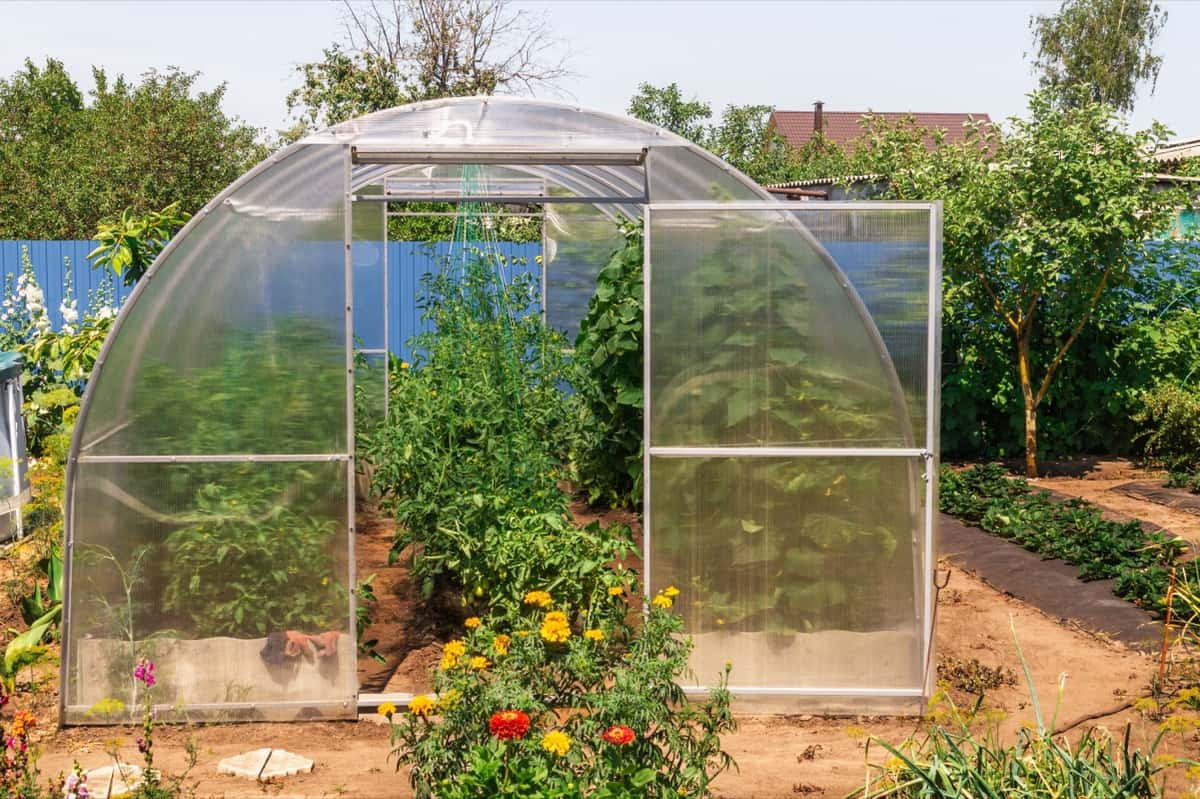
Materials
- PVC or metal pipe for the frame: $50 – $200
- Plastic sheeting or polycarbonate panels for the walls and roof: $200 – $500
- Hardware and fasteners: $50 – $100
- Insulation: $50 – $100
- Ventilation and cooling equipment: $100 – $300
- Lighting: $50 – $100
- Shelving or staging: $100 – $200
- Tools and equipment: $100 – $200
Labor
- Site preparation: $500 – $1000
- Foundation and concrete work: $500 – $1000
- Framing and construction: $1000 – $2000
- Electrical and plumbing: $1000 – $2000
- Finishing and landscaping: $1000 – $2000
Total cost: $5000 – $10000
The cost of starting a greenhouse can range from a few hundred dollars for a small, basic PVC greenhouse to several thousand dollars for a larger, more complex glass or acrylic greenhouse with additional equipment and systems.
In case you missed it: Top 25 Flowering Plants that Bloom in Winter

Is it cheaper to build a Greenhouse?
You are correct; building a greenhouse from scratch involves many steps and can be complex. In addition to the materials and equipment, there are also several other factors to consider when building a greenhouse, such as:
- Creating a foundation: A solid foundation is important for the stability and longevity of the greenhouse. The cost of the foundation will depend on the type of foundation you choose, such as a concrete slab or a raised bed.
- Choosing greenhouse flooring: The flooring will depend on your budget and the type of plants you plan to grow. Options include gravel, concrete, or a raised bed.
- Understanding wind conditions and sunlight direction: The direction of the sun and wind patterns in your area will affect the design and orientation of your greenhouse. This can impact the cost of building the greenhouse and its overall performance.
- Procuring raw materials: The cost of the raw materials will depend on the type of materials you choose, such as PVC pipes, glass, or acrylic.
- Gathering all the nuts, bolts, and joining accessories: Additional hardware such as screws, nails, and connectors will be needed to assemble the greenhouse.
- Building a roof with adequate vents and windows: The roof is a crucial part of the greenhouse. It should have adequate vents and windows to control temperature and humidity.
- Buying and installing additional greenhouse accessories: Accessories such as heating and cooling systems, lighting and irrigation systems, and automated controls can add to the cost of building a greenhouse.
In case you missed it: Earning 70 Lakhs from Rose Cultivation in 5 Acre Polyhouse: The Success Story of a Flower Farmer
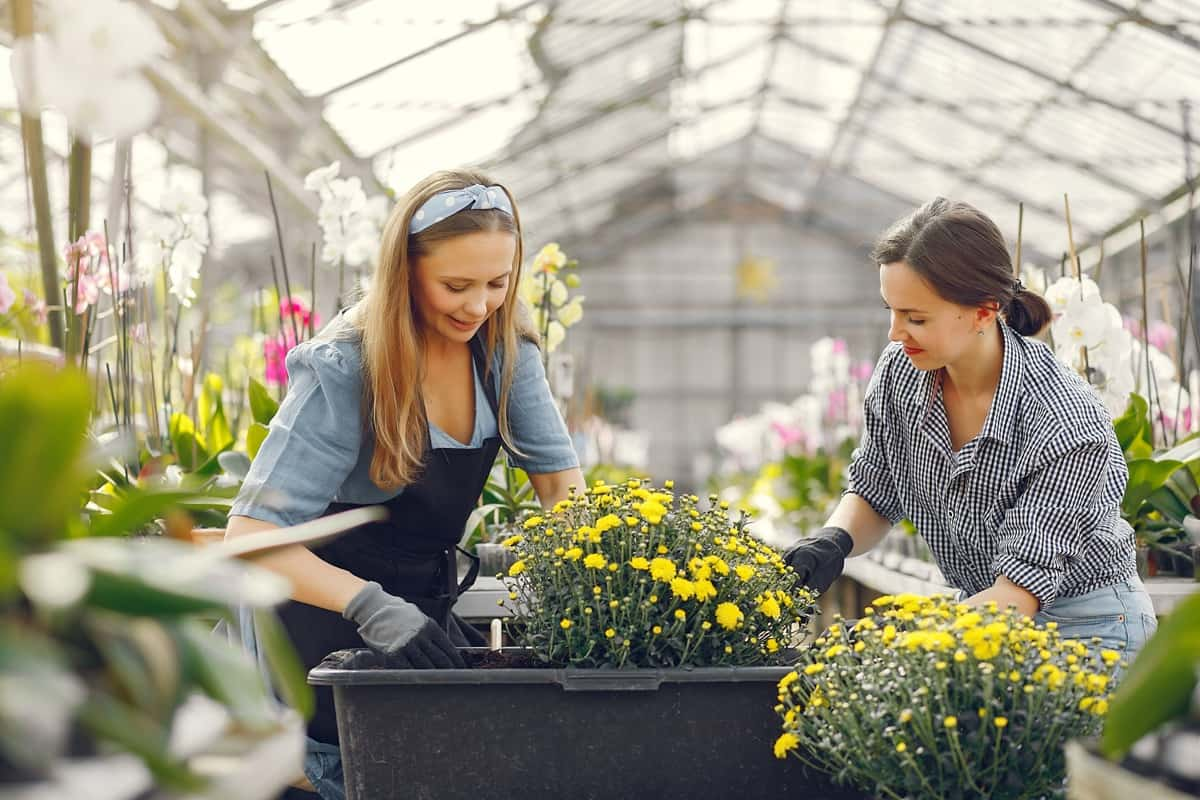
All these factors combined will contribute to the cost of building a greenhouse from scratch. Customizing a greenhouse to your specific needs and preferences can be more expensive than buying a pre-built, branded greenhouse. However, building a greenhouse from scratch gives you more control over the design and materials, making it a more personal and unique experience.
Cheap construction Ideas for building a Greenhouse
- Use reclaimed or recycled materials: This can help you save money while also reducing the environmental impact of your greenhouse.. Look for old windows, doors, or other materials that can be repurposed for your greenhouse.
- Use PVC pipes instead of metal or wood: PVC pipes are a relatively inexpensive option for the frame of your greenhouse. They are lightweight, easy to work with, and can be cut to the desired length.
- Use plastic sheeting instead of glass or acrylic: Plastic sheeting is one of the most affordable options for glazing your greenhouse. It is lightweight and easy to work with but doesn’t provide as much insulation or light transmission as glass or acrylic.
- Use simple, easy-to-build designs: Simple designs are more accessible to build and less expensive than more complex designs. Look for plans that are easy to follow and don’t require a lot of special tools or equipment.
- Build a small greenhouse: Starting small, with a small greenhouse then expanding over time, allows you to start with a smaller investment and test your skills.
- Use simple irrigation systems: Instead of an automated irrigation system, you can use a simple watering can or hose to water your plants.
- Use a raised bed flooring: Instead of using a concrete slab or other expensive options, you can use a raised bed. Use soil or compost as the flooring, which can also help improve your plants’ drainage and aeration.
- Use a simple roof design: Instead of a complex, expensive one, you can use a simple gable or lean-to roof design. This cost-effective option still allows for adequate ventilation and light transmission.
- Use natural light: Instead of artificial lighting, you can take advantage of natural light by positioning your greenhouse in an area with plenty of sunlight. This can help to reduce electricity costs.
- Use a simple heating and cooling system: Instead of a complex, expensive heating and cooling system, you can use simple solutions such as shading cloth or a portable heater. This can help to keep the temperature inside your greenhouse under control without breaking the bank.
- Build it yourself: Instead of hiring professional builders, you can build it yourself. This can save you on labor costs and also give you a sense of satisfaction.
- Consider using a greenhouse kit: Greenhouse kits that include all the necessary parts and instructions can be cost-effective and save you time and money.
- It is important to note that while these ideas can help to reduce the cost of building a greenhouse, it’s also essential to consider factors such as durability, insulation, and safety while making the choices.
In case you missed it: How this Farmer Earning 18 Lakhs from His Strawberry Farm: A Success Story of a Fruit Farmer in India
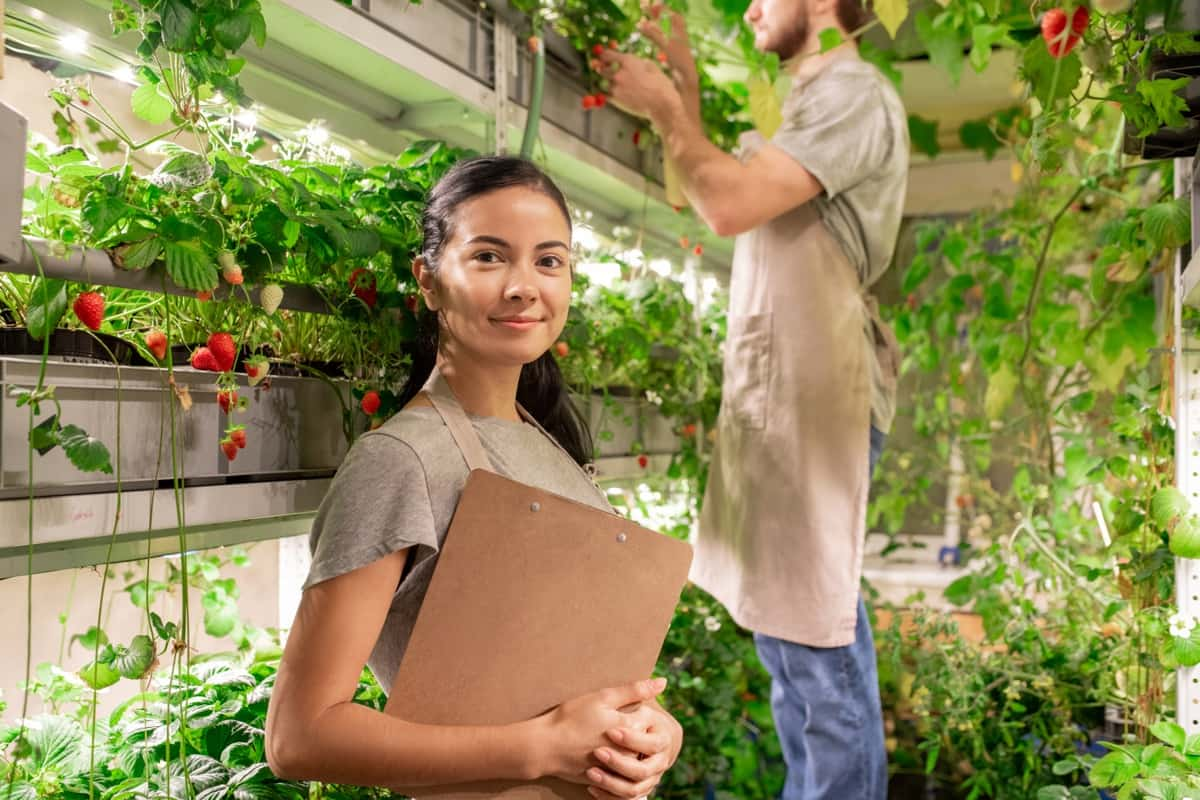
Conclusion
Building a greenhouse from scratch can be a complex process. Still, it also gives you more control over the design and materials used. To build a small greenhouse on a budget, some cheap construction ideas include using reclaimed or recycled materials, PVC pipes for the frame, plastic sheeting for glazing, simple and easy-to-build designs, a raised bed flooring, a simple irrigation system, natural light, and a simple heating and cooling system.
Building it yourself or using a greenhouse kit can save on labor costs. It’s important to consider factors such as insulation, durability, and safety while making choices to ensure that the greenhouse will perform well.
- Types of Pesticides Used in Agriculture: A Beginner’s Guide
- Economical Aquaculture: A Guide to Low-Budget Fish Farming
- 15 Common Planting Errors That Can Doom Your Fruit Trees
- How to Make Houseplants Bushy: Effective Tips and Ideas
- Innovative Strategies for Boosting Coconut Pollination and Yield
- Pollination Strategies for Maximum Pumpkin Yield
- The Complete Guide to Chicken Fattening: Strategies for Maximum Growth
- Natural Solutions for Tulip Problems: 100% Effective Remedies for Leaf and Bulb-Related Issues
- Revolutionizing Citrus Preservation: Towards a Healthier, Greener Future
- Natural Solutions for Peony Leaf and Flower Problems: 100% Effective Remedies
- Maximizing Profits with Avocado Contract Farming in India: A Comprehensive Guide
- Natural Solutions for Hydrangea Problems: 100% Effective Remedies for Leaf and Flowers
- The Ultimate Guide to Choosing the Perfect Foliage Friend: Bringing Life Indoors
- From Sunlight to Sustainability: 15 Ways to Use Solar Technology in Agriculture
- The Ultimate Guide to Dong Tao Chicken: Exploring from History to Raising
- The Eco-Friendly Makeover: How to Convert Your Unused Swimming Pool into a Fish Pond
- Mastering the Art of Delaware Chicken Farming: Essentials for Healthy Backyard Flocks
- 20 Best Homemade Fertilizers for Money Plant: DIY Recipes and Application Methods
- How to Craft a Comprehensive Free-Range Chicken Farming Business Plan
- Brighten Your Flock: Raising Easter Egger Chickens for Beauty and Bounty
- How to Optimize Your Poultry Egg Farm Business Plan with These Strategies
- Subsidy for Spirulina Cultivation: How Indian Government Schemes Encouraging Spirulina Farmers
- Ultimate Guide to Raising Dominique Chickens: Breeding, Feeding, Egg-Production, and Care
- Mastering the Art of Raising Jersey Giant Chickens: Care, Feeding, and More
- Ultimate Guide to Raising Legbar Chickens: Breeding, Farming Practices, Diet, Egg-Production
- How to Raise Welsummer Chickens: A Comprehensive Guide for Beginners
- How to Protect Indoor Plants in Winter: A Comprehensive Guide
- Ultimate Guide to Grow Bag Gardening: Tips, Tricks, and Planting Ideas for Urban Gardeners
- Guide to Lotus Cultivation: How to Propagate, Plant, Grow, Care, Cost, and Profit
- Agriculture Drone Subsidy Scheme: Government Kisan Subsidy, License, and How to Apply Online
- Ultimate Guide to Raising Araucana Chickens: Breed Profile, Farming Economics, Diet, and Care
- Bringing Hydroponics to Classroom: Importance, Benefits of Learning for School Students
- Ultimate Guide to Raising Polish Chickens: Breed Profile, Farming Economics, Diet, and Care
- Ultimate Guide to Raising Australorp Chickens: Profile, Farming Economics, Egg Production, Diet, and Care
- Silkie Chicken Farming: Raising Practices, Varieties, Egg Production, Diet, and Care
- Sussex Chicken Farming: Raising Practices, Varieties, Egg Production, Diet and Care
Good information ,the cheep& best materials , availability, design, such issues& information is much needed, kindly help& support for plant lovers